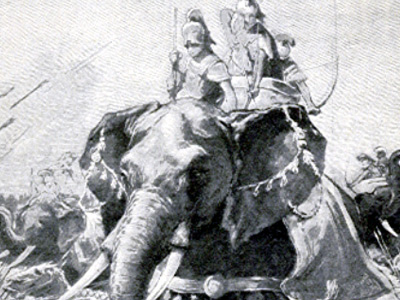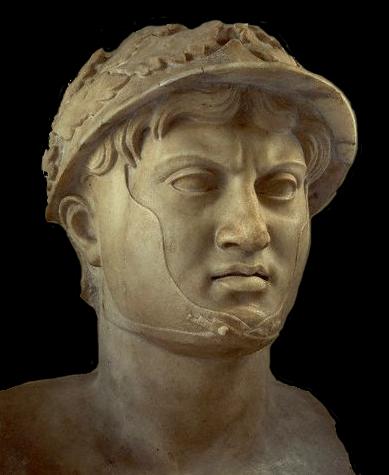Pyrrhic War (280–275 BC)
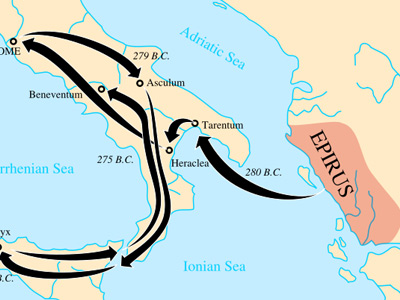
The Pyrrhic War (280–275 BC) was a war Pyrrhus, the king of Epirus, in Greece, fought in southern Italy and Sicily. Pyrrhus was asked by the people of the Greek city of Tarentum in southern Italy to go to Italy to help them in their war with the Roman Republic The Roman Republic was a form of government of Rome and the era of the classical Roman civilization when it was run through public representation of the Roman people. Beginning with the overthrow of the Roman Kingdom (traditionally dated to 509 BC) and ending in 27 BC with the establishment of the Roman Empire, Rome's control rapidly expanded during this period - from the city's immediate surroundings to hegemony over the entire Mediterranean world.. This was the fourth time that the Tarentines had asked for help from mainland Greece. They had called for the aid of Archidamus III of Sparta against the Messapii in 343 BC. Archidamus fought in the region until he died in battle in 342 BC. In 333 BC they called in Alexander I of Epirus to help them in their war with the Lucani. In 330 BC Alexander also died in battle in southern Italy. Cleonymus of Sparta fought in the same region in 303-02 BC, again to help Tarentum against, again, the Lucani.
The Roman Republic was a form of government of Rome and the era of the classical Roman civilization when it was run through public representation of the Roman people. Beginning with the overthrow of the Roman Kingdom (traditionally dated to 509 BC) and ending in 27 BC with the establishment of the Roman Empire, Rome's control rapidly expanded during this period - from the city's immediate surroundings to hegemony over the entire Mediterranean world.. This was the fourth time that the Tarentines had asked for help from mainland Greece. They had called for the aid of Archidamus III of Sparta against the Messapii in 343 BC. Archidamus fought in the region until he died in battle in 342 BC. In 333 BC they called in Alexander I of Epirus to help them in their war with the Lucani. In 330 BC Alexander also died in battle in southern Italy. Cleonymus of Sparta fought in the same region in 303-02 BC, again to help Tarentum against, again, the Lucani.
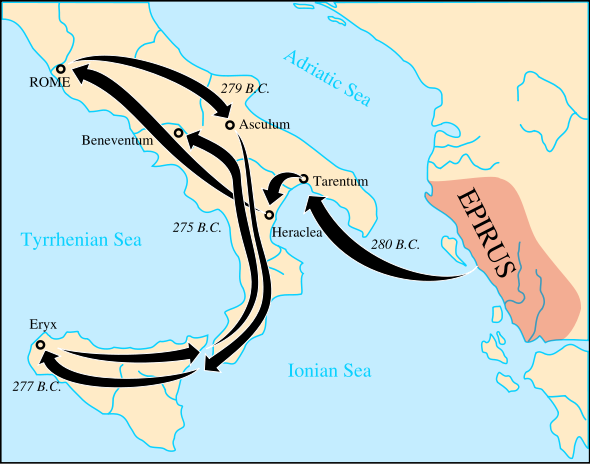
The route of Pyrrhus of Epirus during his campaigns in southern Italy and Sicily

The route of Pyrrhus of Epirus during his campaigns in southern Italy and Sicily
( Click image to enlarge)
Ostensibly Pyrrhus went to Italy to help the Tarentines. Ancient historians agreed that the real motivation behind his intervention was the conquest of Italy and that he also coveted Sicily and possibly Carthage. Pyrrhus fought two battles with the support of Tarentum and some Italic peoples in southern Italy which were in conflict with Rome: the Samnites, Lucani and Bruttii. Rome fought with the support of the Italic peoples of central Italy which had become her allies during the Samnite Wars: the Marsi, Marrucini, Paeligni, Vestini and Frentani. The two opponents fought the Battle of Heraclea in 280 BC. Afterwards there were negotiations between the two parties, but these failed. There was a second battle, the Battle of Asculum in 279 BC. According to Plutarch, Pyrrhus won both battles. According to Cassius Dio, the Romans won the second battle. Dionysius of Halicarnassus did not state what the outcome of the second battle was. In both battles both sides lost a large amount of men. Pyrrhus relied on nineteen war elephants which he brought to Italy which wreaked havoc in the Roman ranks and killed many of their soldiers. The Romans had never seen elephants before and were frightened by them.
Plutarch wrote that after the second battle Pyrrhus said "If we are victorious in one more battle with the Romans, we shall be utterly ruined." This was because he lost a great part of the forces he had brought to Italy and most of his commanders. He could not call up more men from home and his allies in Italy were becoming indifferent. The Romans, instead, had a very large pool of military manpower and could replenish their legions even if their forces were depleted in many battles. This has led to the expression Pyrrhic victory which is a term for a hollow victory or a victory that inflicts such a devastating toll on the victor that it is tantamount to defeat.
Pyrrhus realised that he could not defeat Rome. Therefore, he accepted a request by the Greek city-states in eastern and southern Sicily to help them against the Carthaginians in western Sicily. There had been a history of conflict between the Greeks and the Carthaginians in Sicily. Pyrrhus sailed for Sicily in 278 BC. He seized the Carthaginian or Carthaginian-controlled cities in the west. However, he failed to capture the Carthaginian stronghold of Lilybaeum. During its siege the Carthaginians negotiated for peace. Pyrrhus either declared or was persuaded by his advisers to declare that the Carthaginians had to leave Sicily and that the sea was to be the border between the Carthaginians and his domain (Sicily). The siege continued, but eventually failed. After this Pyrrhus decided to build a large fleet to invade Carthage's home territory in Africa. To man and equip his fleet he started treating the Greek cities in Sicily in an extortionate and despotic manner. This turned the Greek cities against him and he had to leave Sicily. After his departure, the Carthaginians regained their possessions in western Sicily. Plutarch wrote that just before leaving Sicily Pyrrhus said: "My friends, what a wrestling ground for Carthaginians and Romans we are leaving behind us!".
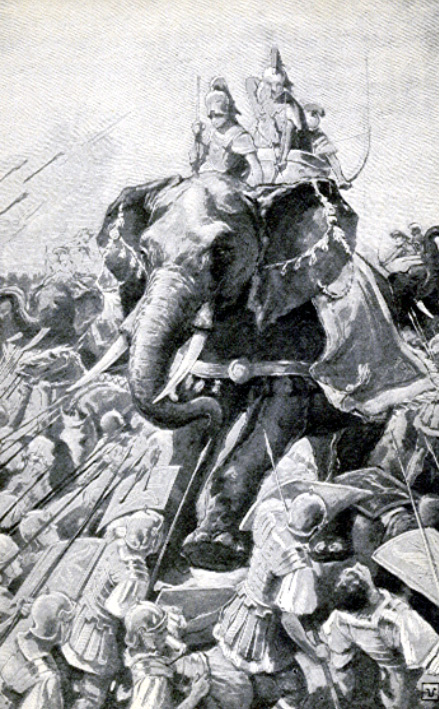
When Pyrrhus returned to Italy in 275 BC, he fought another battle, the Battle of Beneventum. The Romans managed to confront Pyrrhus' elephants, which turned round in confusion and, this time, wreaked havoc in the ranks of the Greeks. The Romans won the battle. Pyrrhus withdrew to Tarentum and returned to Epirus. Three years later, in 272 BC, he died and the Romans captured Tarentum.
In 279 BC the Carthaginians, who were concerned about their possessions in western Sicily, made a treaty with Rome against Pyrrhus. It provided that the two parties were to aid each other if one's territories were attacked and that Carthage was to supply ships, whether for transport or war, and give aid by sea to the Romans if necessary. It seems that apart from a joint operation against the Greek city of Rhegium, the two parties did not co-operate militarily.
The Pyrrhic War was the first time that Rome confronted the professional mercenary armies of the Hellenistic states of the eastern Mediterranean. The Roman victory drew the attention of these states to the emerging power of Rome. Ptolemy II, the king of Egypt, established diplomatic relations with Rome. After the war, Rome asserted her hegemony over southern Italy.
The main ancient sources of our information for the Pyrrhic War are Plutarch, Cassius Dio, Appian and Dionysius of Halicarnassus. Apart from Plutarch's biography of Pyrrhus, the works of these authors which cover this historical period have survived only in a fragmentary manner. Therefore, there are information gaps.
HISTORY
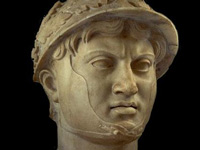
RESOURCES
This article uses material from the Wikipedia article "Pyrrhic War", which is released under the Creative Commons Attribution-Share-Alike License 3.0.
© Stories Preschool. All Rights Reserved.
